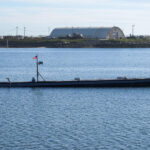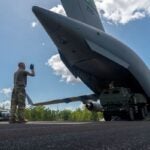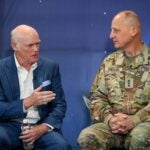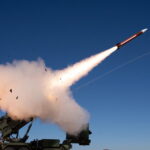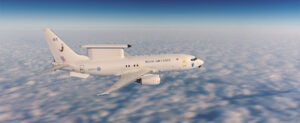
The schedule to field the first E-7A Wedgetail airborne warning command and control aircraft remains intact despite an additional $200 million that Congress appropriated in fiscal year 2023 to accelerate the program, Air Force officials said on Tuesday. Air Force Secretary Frank Kendall told a Senate panel that funding to accelerate the E-7 would be to get more of the aircraft sooner, suggesting for example that instead of buying one aircraft, then two the following year, and three the year…

 By
By 